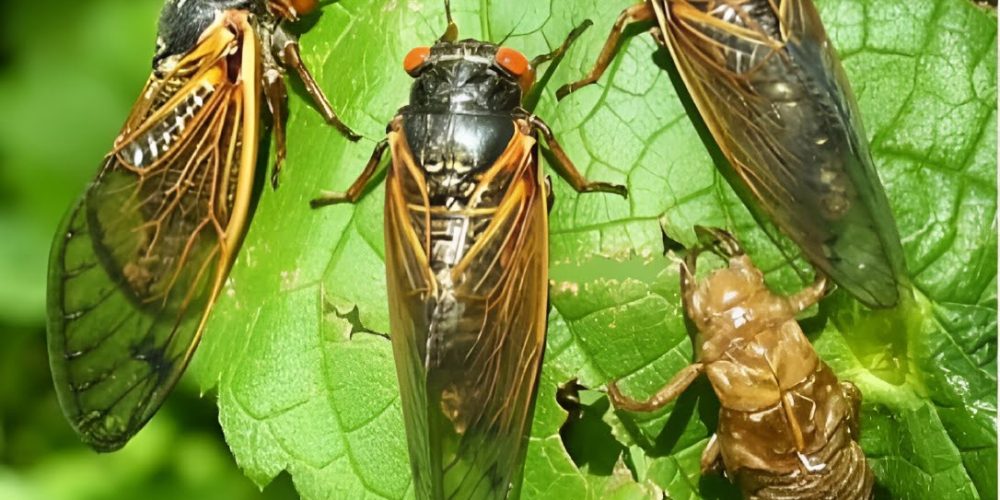Table of contents of the article
ToggleGrape mosquito is a fungal disease that affects grapes, causing significant damage to the crop. In this article on your website, WORLD OF PLANTS, we will learn how to prevent and treat this disease.
Symptoms of grape mosquitoes
- Scientific name : Chloropsalta viridissima
- Type of disease: Insect
- the family : cicadidae
- Wilting of tree leaves due to adult insects feeding on the leaves.
- Weak growing peaks and lack of recent parcels.
- Insect sounds in infected fields.
- The presence of insect nymphs at a depth of up to 50 cm around the trunks when uprooting infected plants.
- Most of the damage results from the infestation of grapes by the immature stages of this insect, as it feeds by sucking the contents of root tissue at a depth of 20-55 cm below the soil surface. This results in a small size of grape clusters and a decrease in their sugar content, and the infestation is reflected in the leaves and branches and they wither.
- The tree becomes susceptible to stem insects.
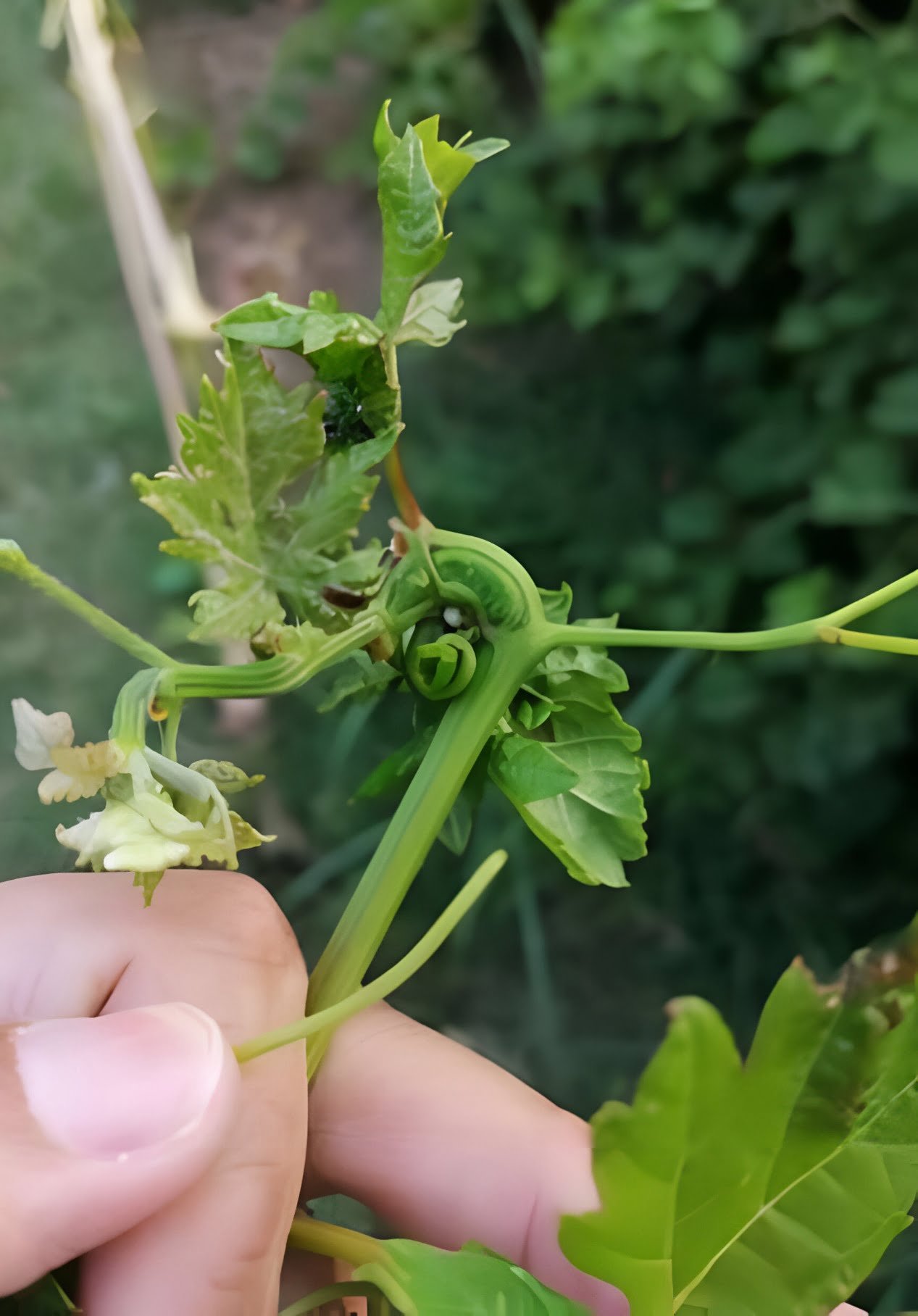
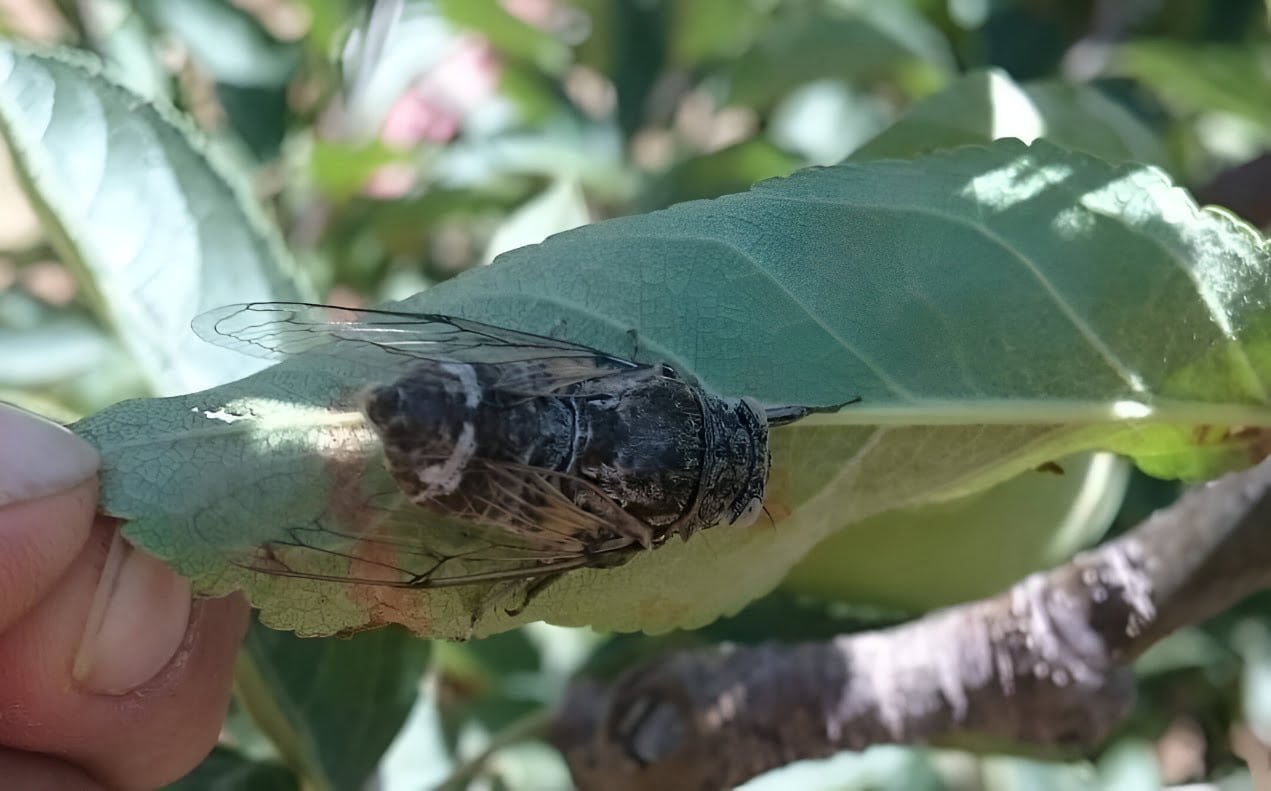
Description of the grape mosquito
A medium-sized insect whose general color is green. The color of the compound eye is bluish-green, and the insect has three simple red eyes. It has transparent wings with green veins. The nymphs live under the surface of the earth and their front legs are prepared for digging.
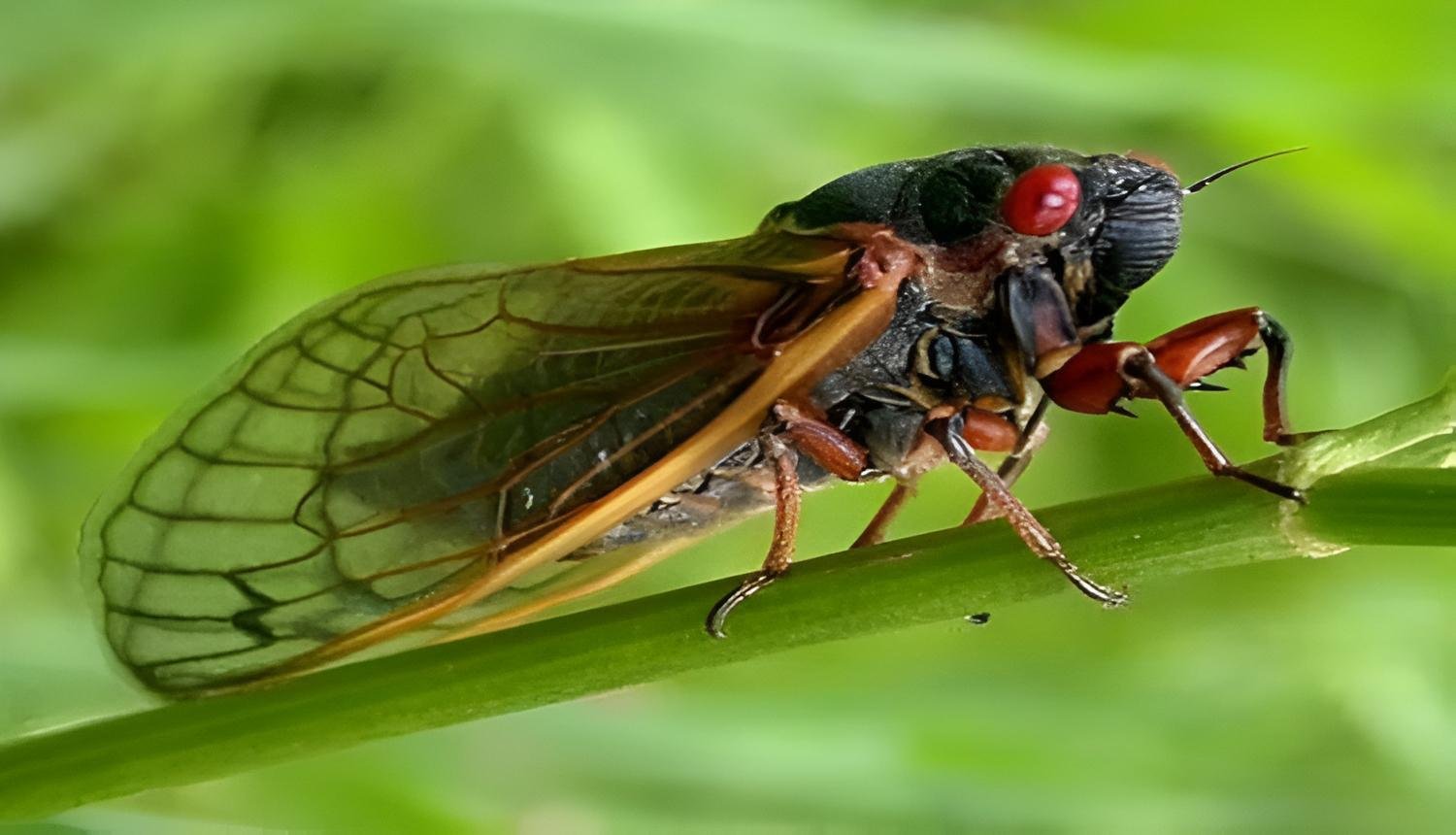
Reasons for the spread of grapes
- High temperature (mostly active during May and June)
- Damaged and dry branches where eggs are laid.
- Neglecting pruning
- The harmful stage (nymphs) hiding under the surface of the soil, so neglecting to till the soil is an important reason for the spread of the insect.
- Nymphs sometimes hide in the cracks of tree trunks.
Suitable conditions for the spread and flowering of grapes
- The life cycle of the grape mosquito is characterized by the summer appearance of the adults in most cases, as the peak of their activity is in the summer months (mating occurs with high temperatures (usually at the end of July and the beginning of August). Once the temperature reaches 23°C, the adults begin mating with each other ).
- The presence of crop residues and damaged and diseased herbs.
Grapevine development and flowering cycle
- They spend the winter in the form of adult insects, and at the end of July the insects begin their activity and mating, and the female lays eggs on the branch of the stem of the host plant in two parallel incisions (700-1000 eggs).
- The nymphs emerge and immediately leave the aerial system to go under the soil to feed on the roots by sucking the sap. They are found on the roots collectively, and they pass through five ages.
- When the nymphs are likely to grow, they emerge to the surface of the soil, gather around the stem of the plant, then climb the grape branches to give rise to adult insects, which have one generation.
- The life cycle sometimes lasts years

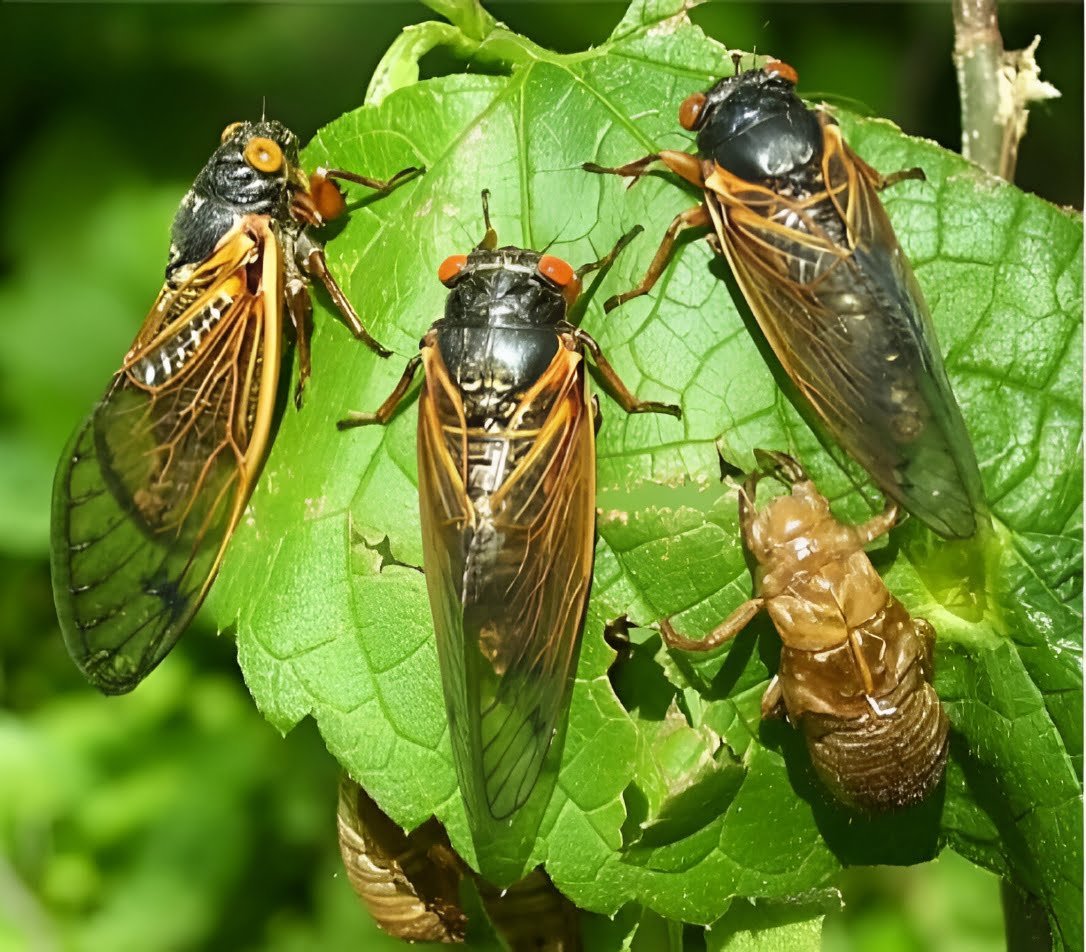
Losses of the spread and flowering of grapes
- This pest weakens the plant and attracts insects and other pests to it. Many insects can be attracted to grapes, such as borers and scale insects. It can also attract wasps, such as the red wasp, for example. The tree can also be infested by tunneling moths (tunnel makers) and leafhoppers. As a result of the above, trees weaken and die.
Control strategy
Preventive measures to prevent the occurrence of grape mosquitoes
- Completely remove dry branches from grapes because they are the preferred branches for laying eggs for the pest
- The farmer generally takes care of the tree through balanced fertilization and irrigation.
- The farmer must also get rid of the weeds surrounding the tree
- The soil is tilled very lightly, about 10 cm
- Pruning care.
Chemical and organic control recommendations
- Organic control :
- Use mechanical control by cutting branches containing eggs and burning them .
- Use soil pesticides before insects appear.
- Chemical control :
- The soil is injected with the pesticide (dichloropropane + dichloropropane) at a rate of about 36 ml per square meter. The injection is carried out in November in particular.
- A mixture of the pesticide paradichlorobenzene is used in carbon bisulfur CS2. This mixture is injected around the trunk at a distance of 17 cm from it at a rate of 160 ml, and this gives good results.
In conclusion, we would like to note that we, at the world of plants website, offer you all the necessary services in the world of plants, we provide all farmers and those interested in plants with three main services::-
- Artificial intelligence consulting service to help you identify diseases that affect plants and how to deal with them.
- Blog about plants, plant diseases and care of various crops ... You are currently browsing one of her articles right now.
- An application that provides agricultural consultations to clients, as well as a service for imaging diseases and knowing their treatment for free – Click to download the Android version from Google Play Store، Click to download the IOS version from the Apple App Store.
references:-
- Aghagoli Marzijarani, N., Mozaffarian, F., & Vafaei Shoushtari, R. (2013). Using wing geometric morphometric in identification of three species of grape cicads (Hem., Cicadidae) in Iran. IAU Entomological Research Journal, 5(1), 1-10
- Kaplan, M. (2023). Determination of Bioecology, Infestation Rate and Distribution of the Harmful Grapevine Cicada Klapperichicen viridissima (Walker)(Hemiptera: Cicadidae) in Vineyard Areas of Mardin Province in Türkiye. Erwerbs-Obstbau, 65(6), 2119-2123.
- KARTAL, V., & ZEYBEKOĞLU, Ü. (1999). An Investigation on the Morphology of Genital Organs and Oviposition Capacit of Cicadatra persica Kirkaldy, 1909 (Cicadidae, Homoptera). Turkish Journal of Zoology, 23(5), 59-62. Felska, M., Wohltmann, A., & Mąkol, J. (2018). A synopsis of host-parasite associations between Trombidioidea (Trombidiformes: Prostigmata, Parasitengona) and arthropod hosts. Systematic and Applied Acarology, 23(7), 1375-1479.
- Determination of Bioecology, Infestation Rate and Distribution of the Harmful Grapevine Cicada Klapperichicen viridissima – springer
- An Investigation on the Morphology of Genital Organs and Oviposition Capacit of Cicadatra persica Kirkaldy – tubitak
- A synopsis of host-parasite associations between Trombidioidea (Trombidiformes: Prostigmata, Parasitengona) and arthropod hosts – bioone




